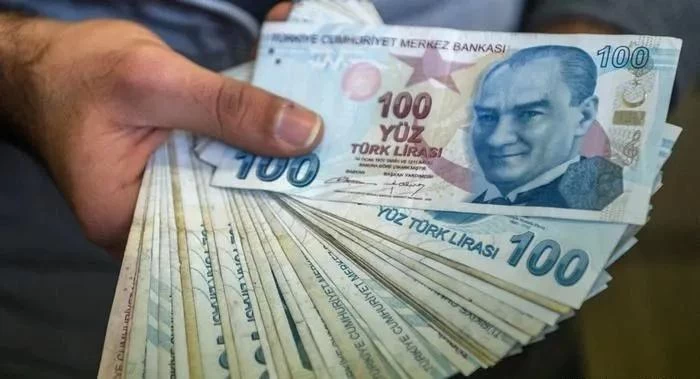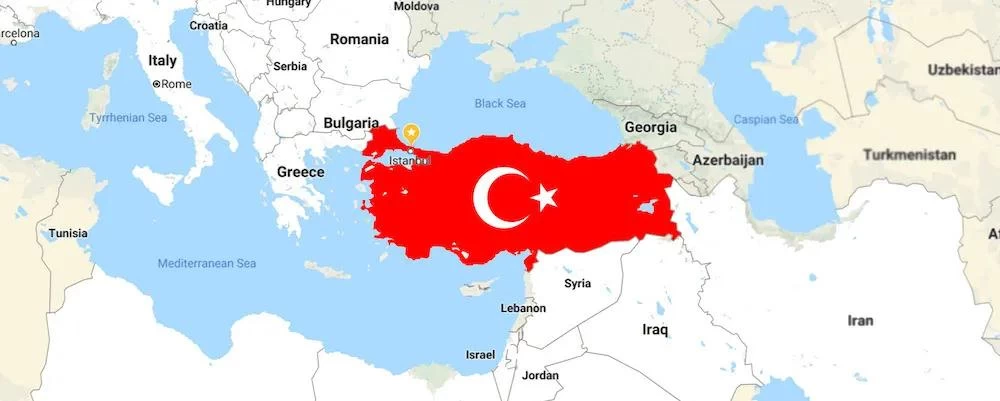The Turkish lira reappeared in an epic plunge! Has depreciated by more than 50%! The risk of payment for goods has risen!
Jim
Sunny Worldwide Logistics
2021-06-09 12:03:18
At the beginning of June, the Turkish lira experienced an epic plunge. After Turkish President Erdogan called for a rate cut, the lira fell sharply to a record low. Since the beginning of this year, the Turkish lira can definitely be regarded as one of the worst performing currencies in emerging markets, having depreciated by more than 17% year-to-date. Turkish local currency lira flash crash Erdogan said in an interview that reducing interest rates is a top priority. He believes that lowering interest rates will reduce the burden of investment and expects to cut interest rates in July and August. Subsequently, the Turkish lira against the U.S. dollar fell by more than 3% to 8.77 lira per U.S. dollar, a record low. The exchange rate rebounded when the market opened on the 2nd, to 8.67 lire to 1 US dollar.

Encourage exports, restrict imports In fact, Turkey's geographical location is quite superior. It is located at the crossroads of Eurasia and is also a logistics hub for Eurasia. Turkey has a large and young population and has obvious labor advantages.

In March of this year, Erdogan announced Turkey's new economic reform plan, setting the direction for Turkey's economic development and transformation, in response to the impact of the new crown pneumonia epidemic on global investment and trade. Among them it is mentioned: to achieve more exports with less import input and higher value-added production. Last year, Turkey’s exports reached US$169.5 billion and imports reached US$219.4 billion. The trade deficit increased by 69.12% to US$49.9 billion. This year, the Turkish government’s goal is to reach US$184 billion in exports by the end of this year. In the first five months of this year, Turkish exports performed extremely well. In April, exports increased by 109.2% year-on-year. In May, they continued to maintain this momentum with a year-on-year increase of 65.5%; the first five months of exports reached 85.2 billion US dollars, an increase of 38.3 %. At present, Turkish manufacturing is mainly composed of textiles and garments, petrochemicals, food processing, steel and automobile industries. Take the textile industry as an example. As the world's fifth-largest textile supplier, Turkey hopes to export approximately US$12 billion in textiles in 2021, including a clothing industry export of US$30 billion.
Chinese-Turkish Trade The epidemic has not stopped the trade between China and Turkey. Last year, Turkey's bilateral import and export volume of goods with China increased by 20.99% year-on-year. Among them, Turkey's exports to China increased by 9.00% year-on-year; Turkey's imports from China increased by 22.67% year-on-year. Turkey’s trade deficit with China was US$19.86199 billion, a year-on-year increase of 24.90%. The top five commodities imported by Turkey from China are: mechanical appliances (up 41.82% year-on-year), chemical products (up 10.81%), textile raw materials (down 22.42%), base metals (up 13.38%), plastics and rubber (up 3.75%) ). In June last year, the Central Bank of Turkey announced that companies that pay for imports from China through the bank will all settle in RMB. This is the first time Turkey has used RMB as the settlement currency since China and Turkey signed a bilateral local currency swap agreement in 2019. This has also reduced a certain amount of exchange costs for traders from China and Turkey.




















